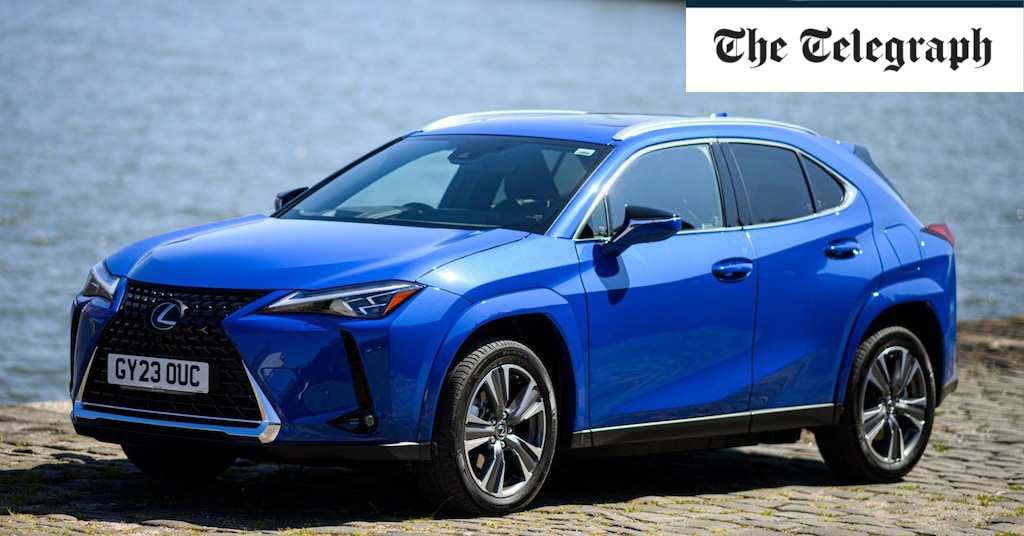To that end, we usually recommend that buyers expect to achieve somewhere between 70 and 80 per cent of the advertised WLTP range, depending on the weather conditions – a rule of thumb that’s been borne out by these latest test results.
If you’ve already switched to an electric car, you will probably be aware of these compromises. But you might also want to be sure that you’re not going to become a victim of range anxiety while you’re out and about.
To avoid being caught out, follow our tips for maximising your EV’s range.
Choose your EV well
As already mentioned, the biggest no-no is to rely on the advertised WLTP range figures when choosing your EV. If you need an electric car that can do 250 miles without needing to stop and charge, don’t buy one with an official range of 250 miles – it simply won’t manage that distance in the real world.
Instead, bank on a real-world range that’s at least a third lower than the advertised range. The chances are that your new EV will actually manage more than that – but at least you’re prepared for the worst.
Why pay any heed to the official results, then? Because at least you can compare like for like, as all cars have undergone the same tests.
Why efficiency matters
EVs are quite different to petrol and diesel cars in terms of the way you use and “fuel” them, which requires something of a mindset shift. If you’re thinking of buying one, it makes sense to read up on the terminology and to understand some of the quirks – for example, did you know that it’s faster to charge an EV when the battery is nearly empty than when it’s nearly full?
Naturally, the one criterion everyone looks for in an EV is range – but that’s not the only figure to consider. For example, an electric car’s efficiency will have an impact on how much it costs to run; knowing how many miles a car can travel on one kilowatt hour (kWh) of energy will help you to work out how much it’ll actually hurt your wallet.
And if you’re going to use public chargers on a regular basis, you’ll also want to know how quickly your EV will charge – usually measured in terms of how many minutes it takes to charge from 10 to 80 per cent battery capacity – and how many real-world miles will be added to the range in the process.
Pre-condition your EV to get the most from it
The biggest toll on an EV’s range, apart from actually driving it, comes from heating and cooling – both the battery and the car’s occupants.
EV batteries work best within an optimum temperature range, so most electric cars use battery management systems to heat or cool the battery to keep it within that range. And of course, occupants need warming too – which takes even more energy.
One way to minimise the impact of heating and cooling your car is to use electricity from the mains, instead of from the battery. You can do this by “pre-conditioning” the car before starting your journey – that is to say, programming it to warm up or cool down while it’s still plugged in.
You can usually do this either by pre-ordaining times you need to use the car on regular trips or on one-off occasions – or by warming the car remotely in advance of your departure, via a phone app.
Choose a car with a heat pump
Given the above, anything you can do to make the process of heating your car more energy-efficient will help reduce the tail-off in range that comes with a British winter.
Heat pumps sap much less energy than the usual automotive heating solutions, so many manufacturers now offer one as standard or as an option. It’s worth seeking out, as it’ll mean your EV’s range takes much less of a hit in chillier conditions.
Heat yourself – not the car
One final tip on heating is that it’s more energy-efficient to heat yourself, rather than the air around you. For that reason, you’ll use less electricity by turning down the heating by a couple of degrees and switching on the heated seats – if they’re fitted – instead.
Open windows or air-conditioning?
In the summer, of course, it isn’t heat that’s the issue, but cooling. Is it more energy-efficient to open the car windows, or to use the air-conditioning system?
It turns out that the answer depends on the speed at which you’re travelling. Research has shown that below about 50mph, it’s more efficient to open the windows, but above that speed the drag caused by doing so outweighs the extra energy you use by switching on the air-conditioning. Therefore, at higher speeds, using the air-con makes more sense.
Research your route
Even if you have an EV with a long range and are able to charge it at your home, there will be occasions when you will need to plug in elsewhere. If you’re planning a long journey, it pays to be aware of which chargers are located along the way.
Use a charging app or website, such as Zapmap, to research locations where there are a large numbers of rapid chargers – for example, motorway services – and add them to your favourites list in your sat-nav, so that you can easily navigate toward them if your car’s range is dropping more rapidly than you’d planned on. That way, you won’t be caught out.
